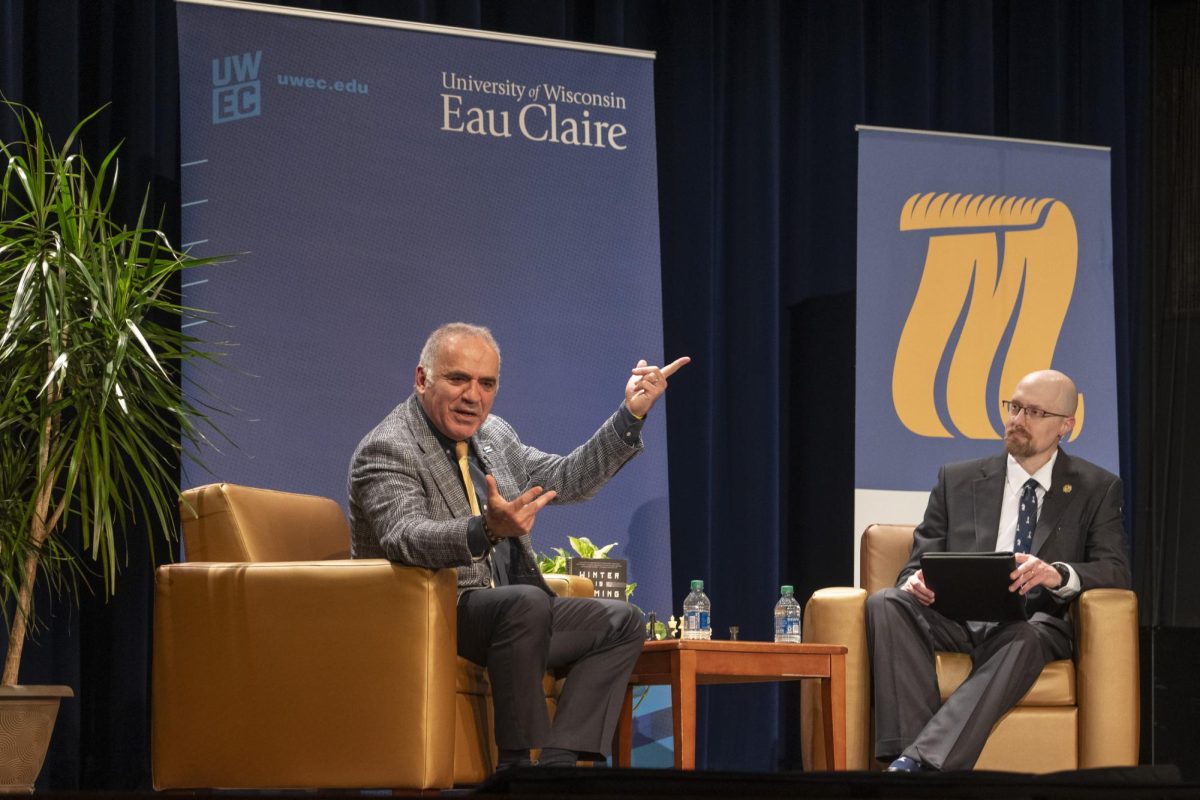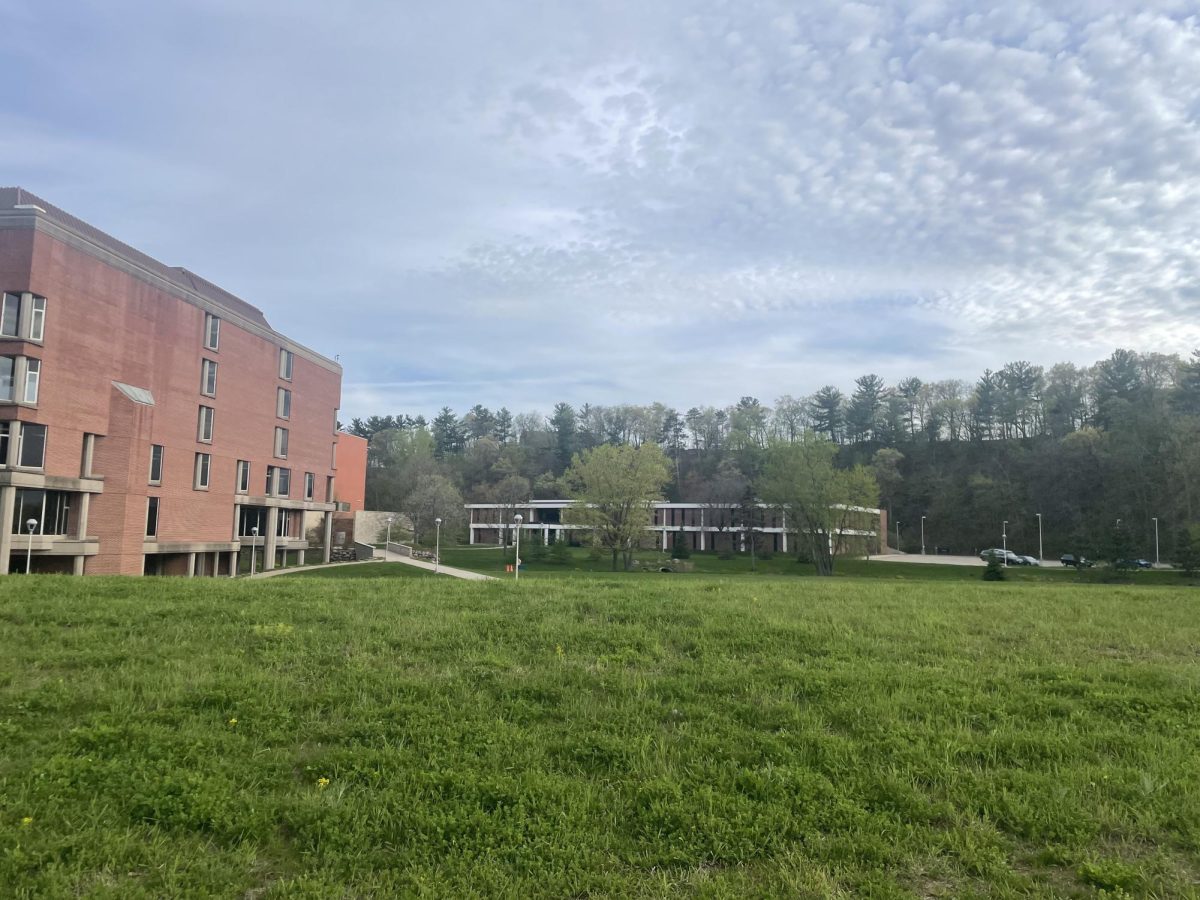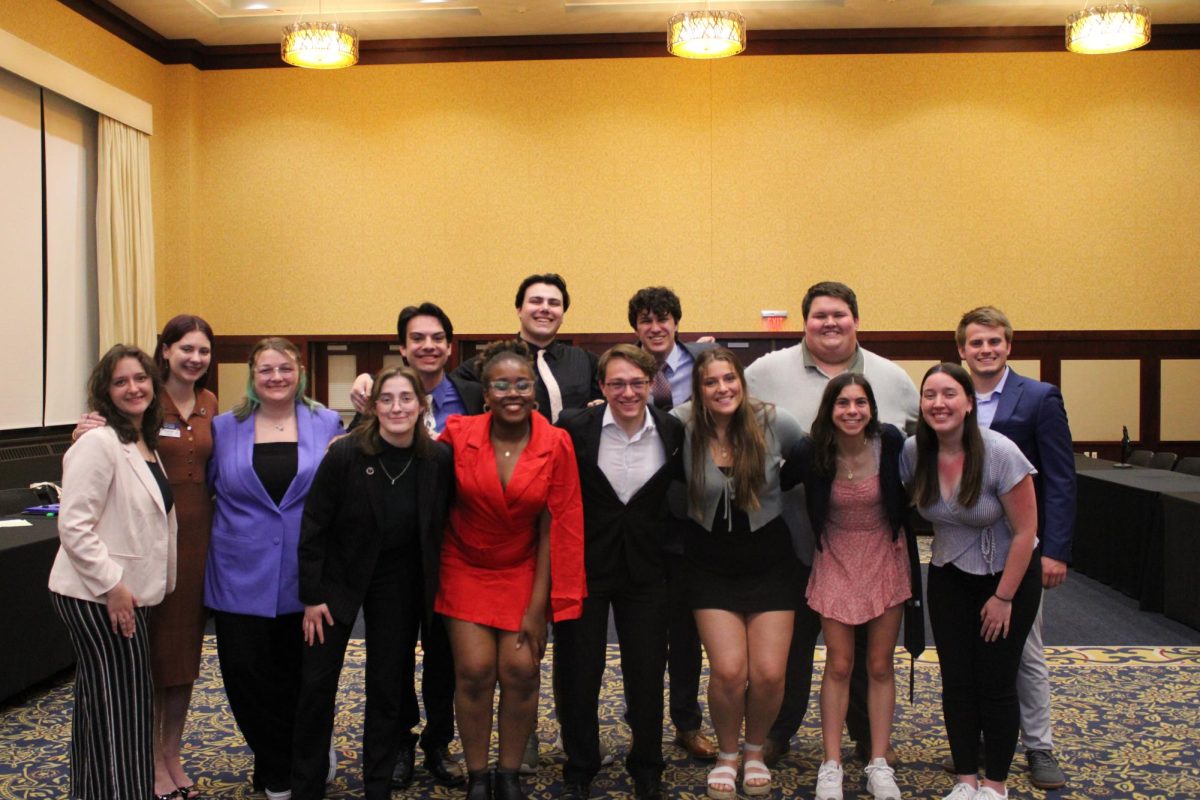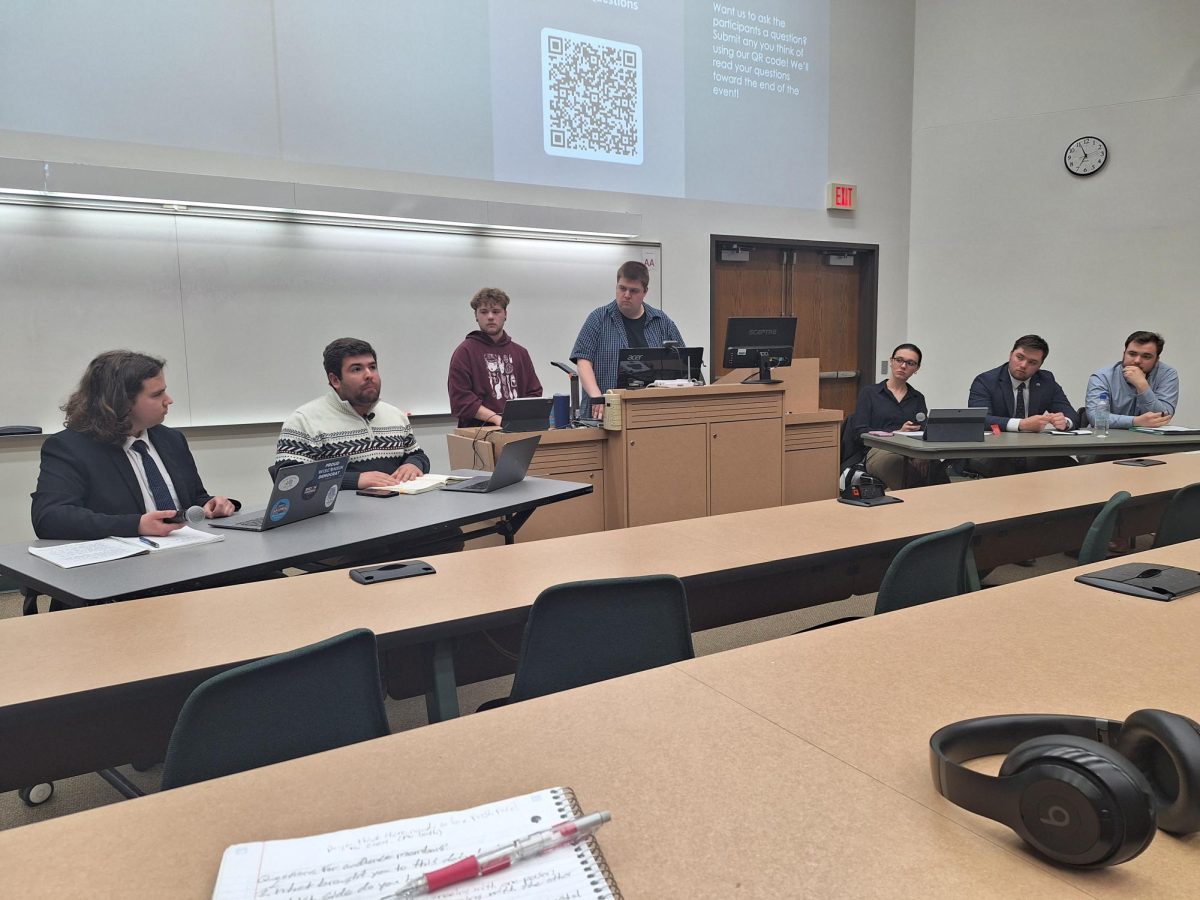Thirty-nine men in Philadelphia sporting white wigs and feathered pens signed the United States Constitution on Sept. 17, 1787. More than 220 years later, it still remains one of the most important documents in United States history.
The UW-Eau Claire celebrated Constitution Day Wednesday night with a presentation by political science professor Peter Myers entitled “Race and the Constitution.”
Myers spoke for an hour, discussing how the language of the Constitution and rulings by the Supreme Court has impacted American history.
Part of what makes America so great is that fact that we do have a Constitution, Myers said.
“Many people have real day-to-day struggles, especially with people abroad in other countries who do not have a Constitution,” he said. “Most of us can take it for granted.”
Sophomore Brittany Prather agreed with Myers regarding the importance of the document.
“The Constitution is very important, but I feel like some people don’t really recognize it,” she said.
Myers’ presentation focused on how the Constitution has been applied indirectly and directly to African-Americans. He discussed the language pertaining to the Three Fifths Clause (located in Article 1, Section 2), which counted African-Americans as three fifths of a whole person, the Slave Trade Clause (Article 1, Section 9), which allowed the slave trade to continue for 20 years at the time and the Fugitive Slave Clause (located in article 4, section 2), which stated that a slave escaping into free territory could be apprehended and brought back to their owners.
“Race relations are one of the most interesting areas of the Constitution,” Myers said. “Three of the most important amendments were implemented after the Civil War regarding race: the 13th, 14th and 15th amendments.”
Myers analyzed the interpretation of the Constitution over the years as well. He spoke of such famous Supreme Court cases as Dred Scott vs. Sandford (1857), Plessy vs. Ferguson (1896) and Brown vs. Board of Education (1954), specifically discussing the opinions of the Supreme Court justices along the way.
Myers went on to address more recent Supreme Court cases, highlighting that race issues have not ended. He spoke about a case in 2007 regarding school districts assigning children to schools hoping to make the schools more evenly distributed race-wise, cases relating to affirmative action and university quotas accepting students into colleges based on race.
Prather felt she had gained a lot more knowledge about the Constitution after attending.
“He broke-down the Constitution really well,” she said. “I liked how he talked about the Constitution and how it affected African-Americans over the years.”






